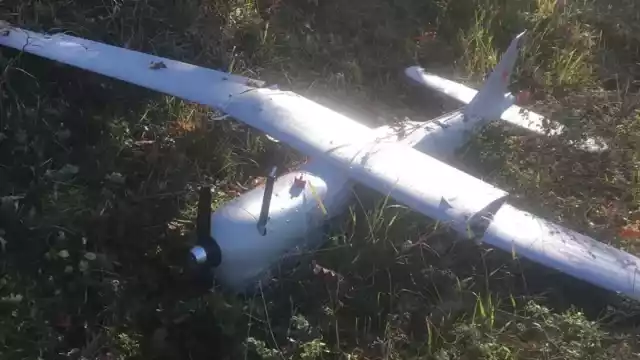GENEVA — Iran, Russia and three former Soviet republics have agreed on tight export quotas for wild caviar from the Caspian Sea for 2010, including 3 metric tons of prized beluga, a United Nations scientific agency said Friday.
The accord, clinched at a meeting in Tehran, ends a de facto international trade ban on wild caviar and other sturgeon products from the five countries after their failure to reach an agreement last year.
"The quantities that can be exported are lower than in 2008, when export quotas were last published," the Convention on International Trade in Endangered Species of Wild Fauna and Flora said in a statement.
Under the new quotas, nearly 81 tons of the delicacy can be exported, including 3 tons of beluga, 17 tons of sevruga and 27 tons of osetra. The sum is 5 tons less than in 2008, CITES spokesman Juan-Carlos Vasquez said.
"They are not huge differences, but the trend is going down," he said.
Azerbaijan, Kazakhstan and Turkmenistan are the three other Caspian Sea countries, although Turkmenistan normally exports through Kazakhstan because it is not party to the CITES treaty.
The Caspian Sea, the source of four-fifths of the world's black caviar, has been hit by a vast decline in sturgeon stocks because of poaching and illegal trade.
The agreement covers six wild sturgeon species ― including huso huso, which produces beluga caviar, the most expensive. All six are listed in CITES's Appendix II, which means that they are not considered endangered species but international trade in them must be regulated on a scientific basis.
Iran's quota for beluga is to fall to 800 kilos, from 1,000 in 2008, while Kazakhstan's quota falls to 1,500 kilos, from 1,700, and Azerbaijan's drops to zero from 300 kilos previously.
High levels of poaching and illegal trade in the Caspian led to a temporary ban on international trade in wild caviar and other sturgeon products in 2001. At the time, CITES estimated that illegal trade was 10 times greater than legal trade.
This forced Caspian Sea countries to agree on export quotas the following year, which they have done annually except for 2006 and 2009, Vasquez said.
To have their proposed quotas published, countries with shared sturgeon stocks must agree among themselves on catch and export quotas based on scientific surveys of the stocks, according to CITES, a Swiss-based treaty body that regulates international trade in wildlife.
"They must also adopt a regional conservation strategy, combat illegal fishing and provide details of the scientific data used to establish the catch and export quotas," it said.
Countries sharing the Black Sea and Lower Danube sturgeon stocks — Bulgaria, Romania and Serbia — and the Heilongjiang / Amur River population ― China and Russia ― have yet to inform CITES about their quotas for this year, it said.
The new quotas run from March 1, 2010, to Feb. 28, 2011, reflecting the fishing season.
A Message from The Moscow Times:
Dear readers,
We are facing unprecedented challenges. Russia's Prosecutor General's Office has designated The Moscow Times as an "undesirable" organization, criminalizing our work and putting our staff at risk of prosecution. This follows our earlier unjust labeling as a "foreign agent."
These actions are direct attempts to silence independent journalism in Russia. The authorities claim our work "discredits the decisions of the Russian leadership." We see things differently: we strive to provide accurate, unbiased reporting on Russia.
We, the journalists of The Moscow Times, refuse to be silenced. But to continue our work, we need your help.
Your support, no matter how small, makes a world of difference. If you can, please support us monthly starting from just $2. It's quick to set up, and every contribution makes a significant impact.
By supporting The Moscow Times, you're defending open, independent journalism in the face of repression. Thank you for standing with us.
Remind me later.





